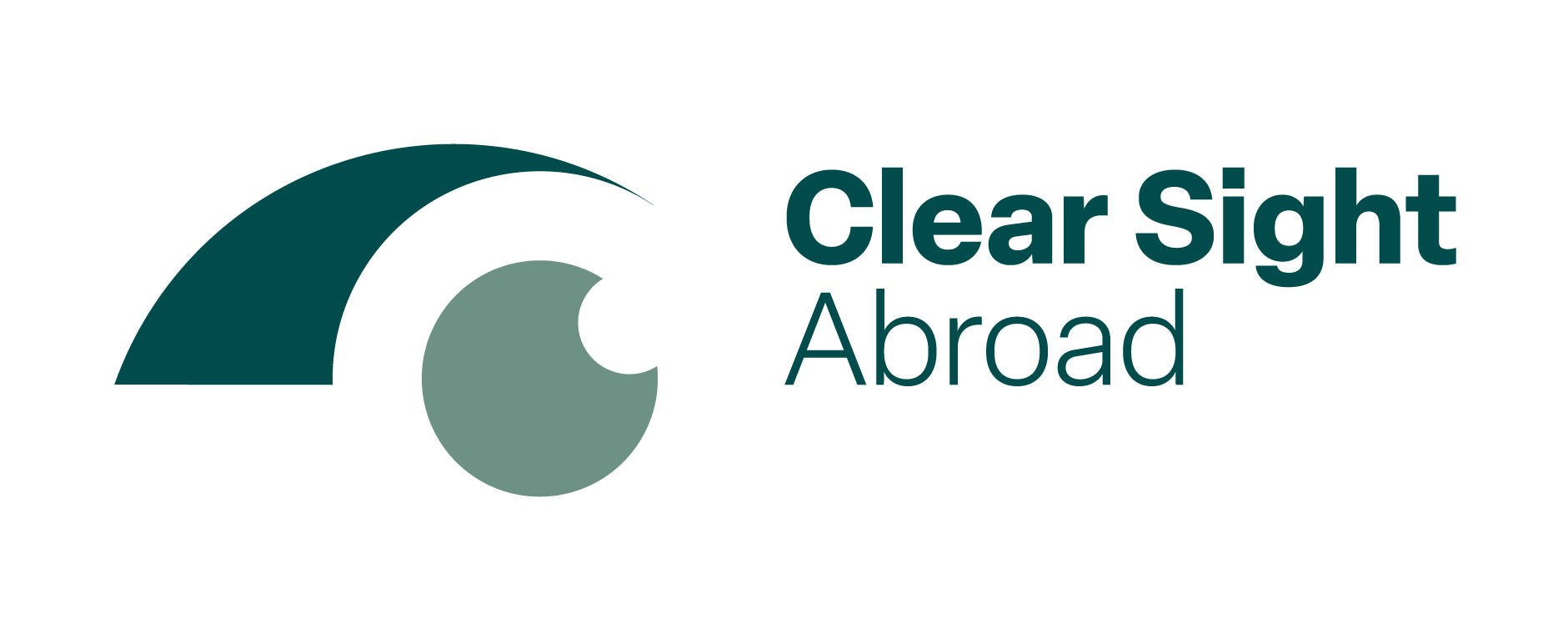What is Cataract Surgery?
Cataract surgery is a common and highly effective medical procedure designed to restore clear vision by removing a cloudy lens from the eye and replacing it with an artificial lens. This surgery is typically performed when cataracts, which are cloudy areas in the lens, cause significant vision impairment that affects daily activities such as reading, driving, or recognizing faces.
Understanding Cataracts
A cataract forms when the natural lens of the eye becomes cloudy, usually due to aging, but it can also result from other factors such as injury, certain medications, or medical conditions like diabetes. The lens is responsible for focusing light onto the retina, creating clear images. When the lens becomes opaque, it scatters light and leads to blurry or dim vision.
Who is the ideal candidate for Cataract Surgery?
Cataract surgery is a highly effective procedure designed to restore clear vision by removing the cloudy lens of the eye and replacing it with an artificial lens. However, not everyone with cataracts requires immediate surgery. Understanding who the ideal candidate for cataract surgery is can help patients and healthcare providers make informed decisions about the timing and necessity of the procedure.
Symptoms and Vision Impact
The ideal candidate for cataract surgery typically exhibits the following symptoms and vision impairments that significantly affect daily life:
- Blurry or Cloudy Vision: When cataracts cause vision to become blurred or cloudy, making it difficult to see clearly, even with glasses or contact lenses.
- Difficulty with Night Vision: Experiencing increased difficulty seeing in low-light conditions, such as driving at night, which can be dangerous.
- Sensitivity to Light and Glare: When bright lights cause discomfort or create halos around lights, it can make it challenging to be in well-lit environments.
- Fading or Yellowing of Colors: Noticing that colors appear faded or have a yellowish tint, which can affect tasks like reading or distinguishing colors accurately.
- Double Vision in a Single Eye: Experiencing double vision or multiple images in one eye, which can interfere with daily activities.
Benefits of Cataract Surgery: Impact on Daily Activities
Read 12 Benefits of Cataract Surgery HERE

Types of Intraocular Lenses (IOLs)
Several types of IOLs are available, and your surgeon will help you choose the best one based on your vision needs and lifestyle:
- Monofocal Lenses: Provide clear vision at one distance (near, intermediate, or far).
- Multifocal Lenses: Offer clear vision at multiple distances, reducing the need for glasses.
- Toric Lenses: Correct astigmatism, a common refractive error.
Cataract Procedure
Cataract surgery is typically performed on an outpatient basis, meaning you can go home the same day. The surgery involves the following steps:
- Anesthesia: Local anesthesia is applied to numb the eye, and sometimes a sedative is given to help you relax.
- Incision: A small incision is made in the cornea, the clear front part of the eye.
- Lens Removal: Using a process called phacoemulsification, the surgeon uses ultrasound waves to break up the cloudy lens into small pieces, which are then gently suctioned out.
- Lens Replacement: An artificial intraocular lens (IOL) is inserted through the same incision and positioned in the same place as the natural lens.

Most asked questions about Cataract:
Have More Questions?
If you have any additional questions or need more information, please contact us or visit our FAQs.
Why do thousands of people travel abroad for Cataract Surgeries?
Why do thousands of people travel abroad for Cataract Surgeries?
1) Lower Costs:
In some countries, e.g., the Czech Republic, the cost of cataract surgery is significantly lower than in your home country.
2) Quality and Availability of Care:
The Czech Republic is known for its high-quality medical care and modern healthcare facilities: specialized clinics that have top-notch experts and advanced technologies.
3) Shorter Wait Times
In some countries (UK, Ireland, USA), wait times for cataract surgery can be very long, whereas in other countries, appointments may be available much sooner.
4) Combining with Vacation
Take advantage of the opportunity to combine a medical procedure with a vacation, allowing you to receive medical care while also enjoying time in a new destination.
Throw away expensive glasses and get your perfect vision now!
Undergoing eye surgery can lead to significant financial savings in the long run.
Constantly purchasing new glasses, whether due to changing prescriptions, damage, can become a substantial and recurring expense over the years.
In many cases, the cumulative cost of multiple pairs of glasses surpasses the one-time expense of eye surgery.
By choosing a permanent solution, you invest in your vision and save money that would otherwise be spent on glasses.





